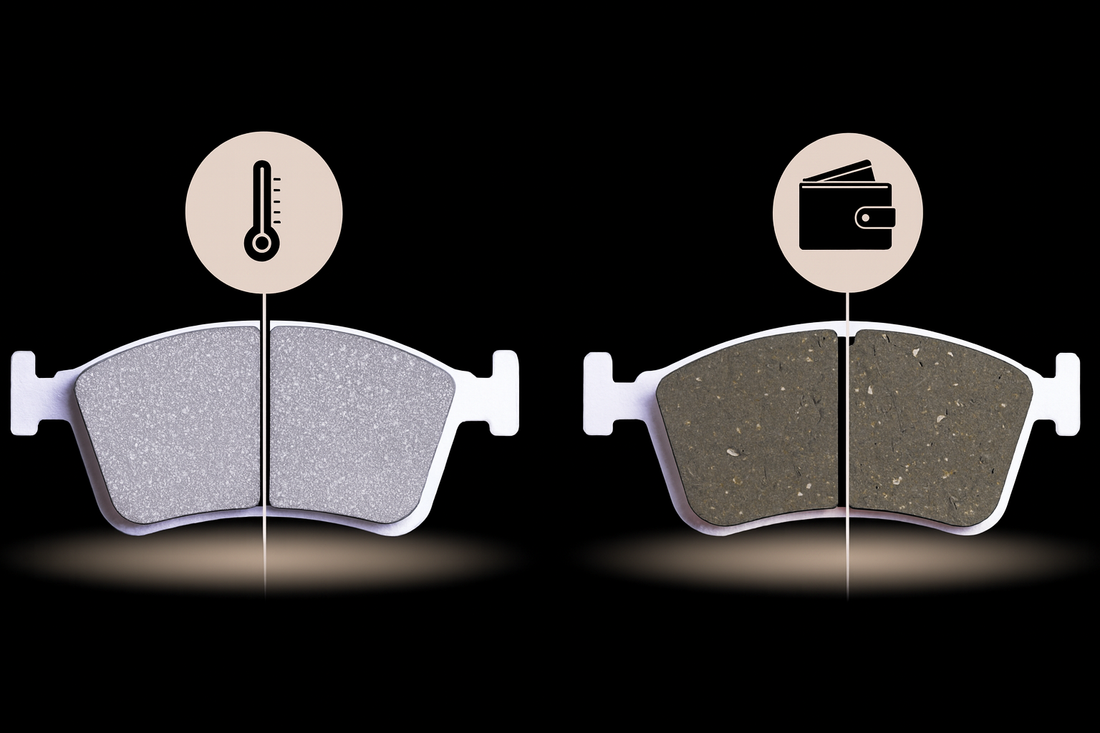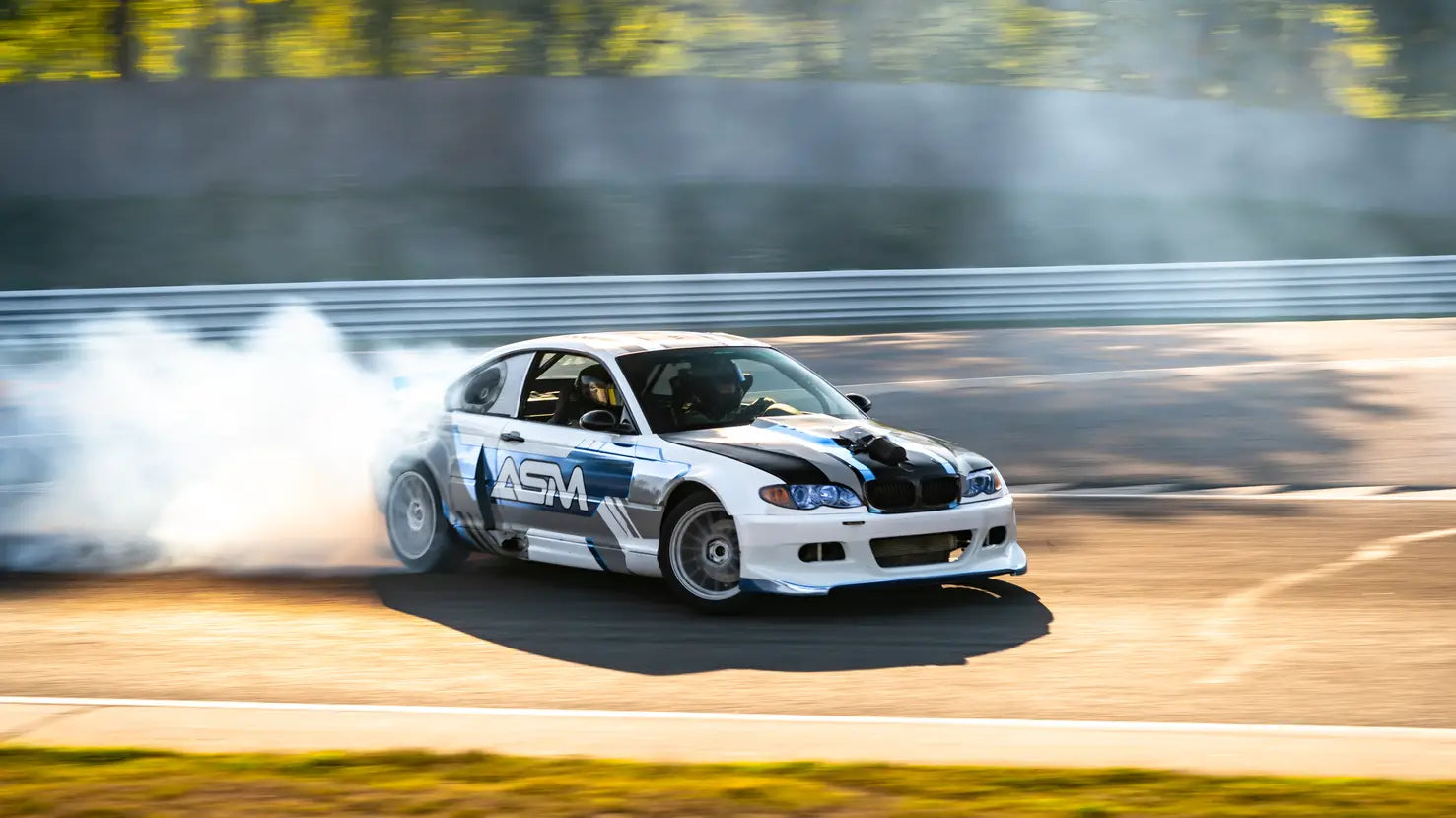
Ceramic Brake Pads – The Zero-Dust Fantasy, Debunked
Ceramic pads — or “cerametallic” if you're trying to sound fancy — get tossed around like they’re the holy grail of braking. “No dust, no noise, lasts forever!” You’ll see it a hundred times in Facebook groups. Some dude with stock calipers and chrome wheels will swear by them: “BRO GET CERAMICS THEY’RE AMAZING.” And sure enough, two weeks later he’s back asking why his car won’t stop after a few hard pulls.
Let’s cut through the noise.
Ceramic pads are fine — if your car is bone stock and your idea of “spirited driving” is a yellow light you maybe should’ve stopped for. They’re clean, quiet, easy on rotors, and perfect for daily drivers who never put heat into the system. But they have a painfully low temperature ceiling. Beat on them even a little and they glaze over, lose bite, and leave you with a soft pedal and a long stopping distance.
If someone tells you that you can have zero dust and incredible bite, they’re lying. That pad doesn’t exist. Dust is the byproduct of friction — and friction is what stops your car. If you want actual stopping power, you're going to need a compound that bites — and that means more dust. Want to keep your wheels clean? Great. Ceramic coat them. But don’t compromise safety just because you hate brake dust.
Looking for a middle ground? The Carbotech 1521 is as close as you’ll get — minimal dust, good street manners, and enough bite to hold up when things get hot. But even that has its limits.
So be honest with yourself. If you just want clean wheels and smoother stops, ceramic’s fine. But if you drive hard, go fast, or ever plan to stop in a hurry — get a real pad and clean your wheels like an adult.

